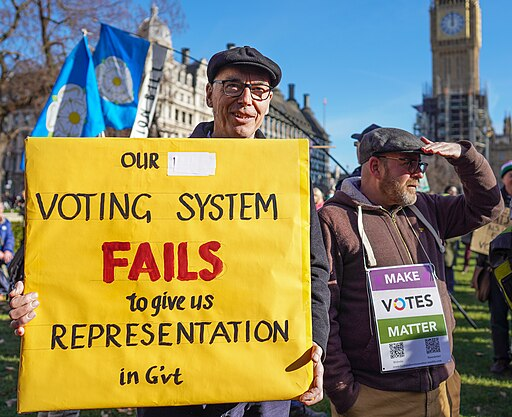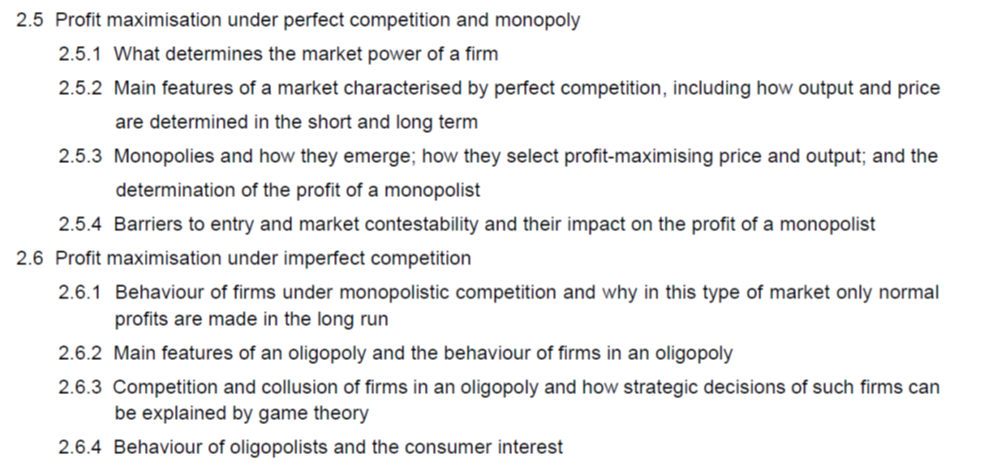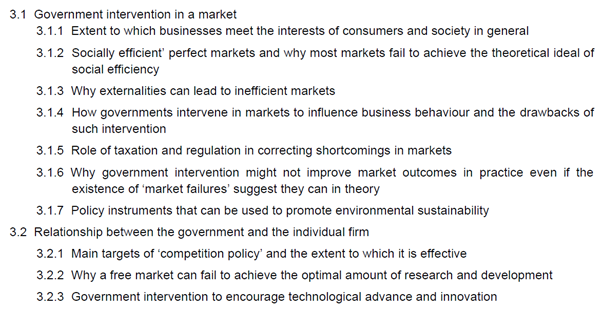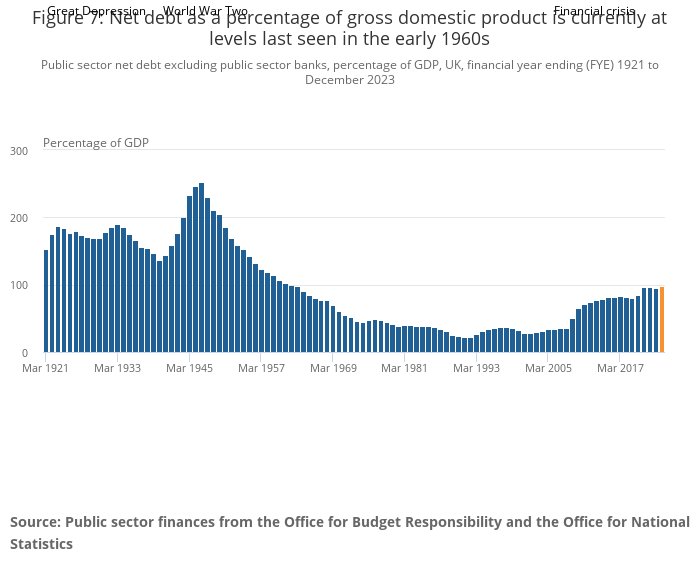I have been reading many accounts of what happened last night. Richard Murphy was clear what he thought:
I reserve the right to change my mind on this and to revisit the issue, but my immediate feeling is that there is one point of common ground between those who have voted for Trump and those who read this blog, and that is that they have rejected neoliberalism.
Biden’s economic boost after Covid was not felt by most Americans. The growth went to the already rich.
Most Americans do not want to preserve an economic system that very clearly does not reward them and has no intention of doing so.
Many Americans already feel alienated within their own country.
The Biden support for Netanyahu’s tyranny in Gaza made many feel that the Democrats had already embraced fascism, so what would the difference be if they did so with Trump?
And, I have no doubt many Americans have good reason to fear the consequences of neoliberalism that it pretends do not exist, but which are readily apparent, from massively divided societies to fears of climate change, to constant reminders of inequality, to the loss of hope and the denial of opportunity as a consequence of ever-growing divides in a society when neoliberal politicians long ago ceased to tell the truth. In that situation, Trump might look mad and a terrible choice, except for the fact that neoliberalism and its perpetuation look to be even worse because there is a guarantee of failure to come in it, whereas Trump only offered the possibility of something that might be terrible.
David Allen Green, on his Empty City blog, recalled the essay written by Neil Postman’s son, Marc, at the time of Trump’s first election victory, about his father’s prophetic book Amusing Ourselves to Death. This postulated that we have been too worried that our future might resemble 1984 while a future strongly resembling Brave New World took shape instead. In it he quoted his father:
What Orwell feared were those who would ban books. What Huxley feared was that there would be no reason to ban a book, for there would be no one who wanted to read one. Orwell feared those who would deprive us of information. Huxley feared those who would give us so much that we would be reduced to passivity and egoism. Orwell feared that the truth would be concealed from us. Huxley feared the truth would be drowned in a sea of irrelevance. Orwell feared we would become a captive culture. Huxley feared we would become a trivial culture.
Meanwhile Jason Hickel’s analysis on X ended with a call for action:
The deeper reality is that liberalism has failed, liberalism is dead, and people urgently need to wake up to this fact and respond accordingly. It is a defunct ideology that cannot offer any meaningful solutions to our social and ecological crises and it must be abandoned.
Democrats have proven over and over again that they cannot accept even basic steps like public healthcare, affordable housing, and a public job guarantee – things that would dramatically improve the material, social and political conditions of the working classes. And they cannot accept a public finance strategy that would steer production away from fossil fuels and toward green transition to give us a shot at a liveable future.
Why? Because these things run against the objectives of capital accumulation. And for liberals capital is sacrosanct. They will do whatever it takes to ensure elite accumulation, it is their only consistent commitment. At home, they suppress and demonize progressive and socialist tendencies. Abroad, they engage in endless wars and violence to suppress input prices in the global South and prevent any possibility of sovereign economic development.
The Democrats have done all this purposefully and knowingly, for my whole life, not as some kind of “mistake” but in full consciousness that it is in the interests of capital.
And because liberalism cannot address our crises, and because it crushes socialist alternatives, it inevitably paves the way for right-wing populism. They know this pattern, and yet they risk it every time – this election being only the most recent example. They did it in 2016, when they actively crushed the Sanders campaign and sent Trump to the White House. They do it because ultimately they (and I mean the liberal ruling class here) don’t really mind if fascists take power, so long as the latter too ensure the conditions for capital accumulation. They 100% prefer this to the possibility of a socialist alternative.
So, progressives have to face reality. The dream of “converting” the Democratic party is dead. This is now a fact and it must be accepted. The only option is to build a mass-based movement that can reclaim the working classes and mobilize a political vehicle that can integrate disparate progressive struggles into a unified and formidable political force and achieve substantive transformation. This will take real work, actual organizing, but it must be done and that process must begin now.
This was taken up in turn by Roger Hallam (who co-founded Extinction Rebellion, Just Stop Oil, Insulate Britain, the cooperative federation organisation Radical Routes and the political party Burning Pink, and who is currently, ridiculously, imprisoned for 5 years) with a suggested plan. As he says:
Progressives and the Left fail repeatedly because they are wedded to an Enlightenment secular religion that assumes people respond to ideas over emotions and ideology over connection. They’re embarrassingly mistaken. Fascist men, for instance, often abandon their views after forming personal relationships—such as getting a girlfriend. There are countless stories of individuals entering far-right spaces, listening, building personal connections, and subsequently helping others to leave those spaces. During the recent English riots a group of Muslims, faced with an angry crowd outside their mosque, offered food and listened to people’s concerns. Conversations ensued, tensions eased, and constructive dialogue began.
You can sign up to join this social movement here.
This in turn chimes with what George Monbiot and Peter Hutchison (and Lucas Sabean in the film) are saying in their new book The Invisible Doctrine, where they talk about a politics of belonging as what is needed to replace neoliberalism.
And just to cap it all off, the book I have been reading for the last 2 weeks (the excellent The History of Ideas by David Runciman, also available as a podcast here) arrived at the final chapter on Judith Shklar this morning and was suddenly discussing Trump:
Trump is a cruel politician. Cruelty is one of his calling cards. He can be cruel in how he treats the people around him and he’s often cruel in how he goes after his critics, mocking them and seeking out their vulnerabilities. He goes for the weak spots of his opponents and he takes no prisoners. To be in Trump’s orbit is to be vulnerable to degradation and humiliation. But Trump is not a hypocrite. Indeed, that is one of his great sources of appeal as a democratic politician – he is as he seems. He appears to be willing to be as unpleasant in public as he is in private. All the accounts I’ve read of how he treats the people who have worked for him – in the West Wing, in his businesses, even the members of his family – are reminiscent of how he treats his political opponents: bullying, mockery, rule by fear. Trump is himself all the way through – cruel all the way through – which makes him consistent. The opposite of hypocrisy, on some measures anyway, is sincerity. There is a case for saying that Trump, though he is an inveterate liar, is also a sincere politician. He is sincere about being a liar, he doesn’t try to hide it or to dissemble his true character. There is a brazenness to it.
Our pervasive intolerance of hypocrisy is one of the things that allowed Donald Trump to wind up as President of the United States.
This came out earlier this year, so is referring to the 2016 election, but it still rings true for me. We spend a lot of our social media activity and journalism on trying to expose and then punish public figures for hypocrisy. We don’t expend nearly as much effort worrying about cruelty. Judith Shklar thought this was a mistake and I agree with her. Of course we need to set up our institutions to be honest and not hypocritical but people will always have things about themselves that they do not want the rest of us to know about. And, hard-wired as we are to obsess about finding out such secrets, we often lose focus on what is more damaging to our society. I will finish with one last Trumpian extract from The History of Ideas:
The emergence of an unauthorised recording of a talk she [Hillary Clinton] gave to a Wall Street bank dogged her campaign – it apparently gave the lie to her public protestations of being tough on financial fat cats. Worse, she seemed to know it was damaging – why else go to such lengths to cover it up? It did her far more damage than the emergence of a tape in which Trump talked in demeaning, sexualised terms about women (“Grab ’em by the pussy”), because in Trump’s case it was what you’d expect him to say.
Our relationships with each other and how we behave within them are, I believe, the most important things in most of our lives, not the finer details of the political ideologies we favour. I fear that Trumpism is growing in the UK too and we need to keep our current closeness (what Roger Hallam refers to as our “proximity”) to each other and indeed build on it if we are going to repel it and build something better in its place.









